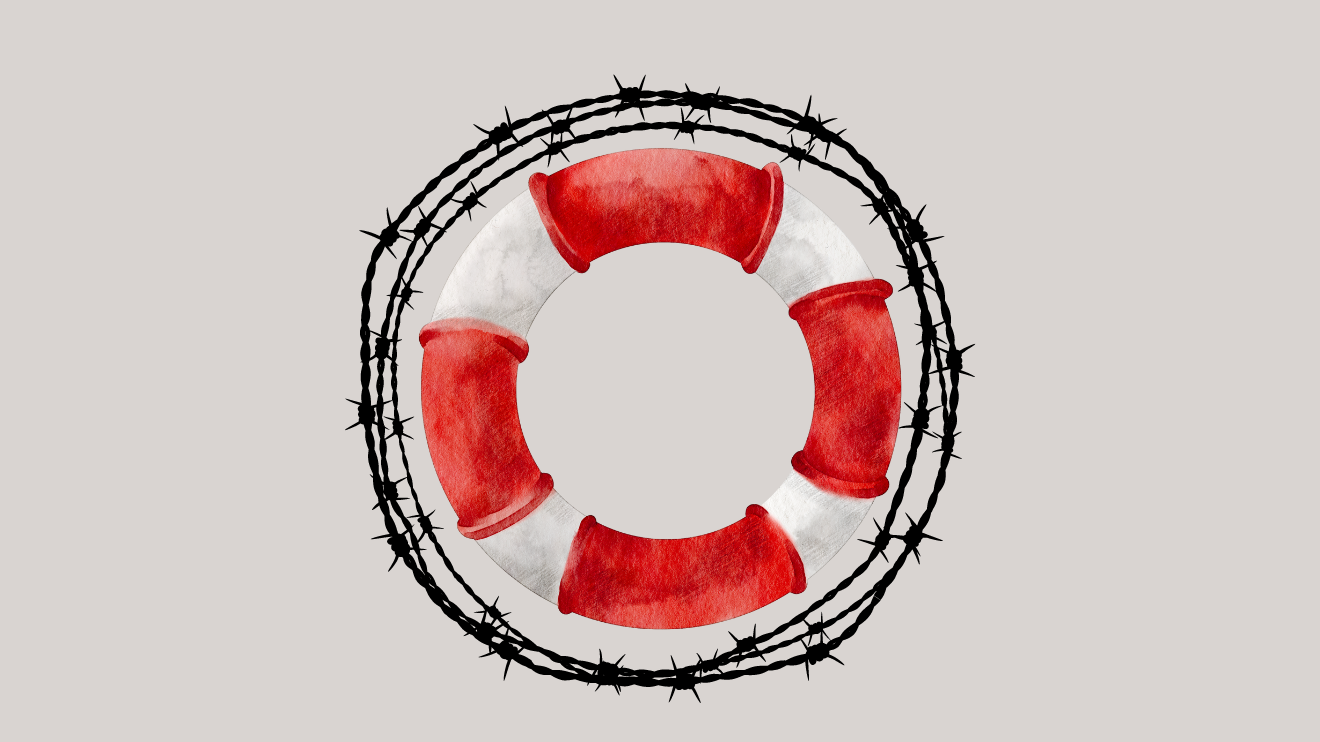
Labour Day special: the power of the one-page profile
A simple and powerful workplace wellbeing tool.
🆘 Help me crowdfund the cost of the ethical software that's the backbone of Sanity
Ghost, the software platform I use to publish Sanity, is expensive, and my subscription to it is about to renew soon. I chose Ghost because it's a nonprofit, won't ever sell out to greedy investors, and has strong values that align with our community's. But since I have no paywall and ain't selling your data to advertisers, I need your help to keep the lights on.
I have to raise US$ 1,104 to cover the costs for this year. (You can see Ghost's pricing here; move the top slider to '5,000 members'.) Please click one of the buttons below to contribute whatever's possible. And if you're a free subscriber, do consider upgrading to paid. Every bit helps. Thanks.
Regular readers know how I feel about most workplace mental health schemes (TL;DR: they are giant, fatuous scams). So it's a happy day when I stumble upon an idea that passes the smell test.
Allow me to nudge you today to think about your one-page wellbeing profile, a tool so elegant, simple – almost too simple – and potentially powerful in the workplace (but not just the workplace) that even the hardened cynic in me feels sentimental imagining the possibilities.
An antidote to one-size-fits-all hacks
Where does one even begin to count all that's wrong with standard-issue mental health initiatives. Let's see... how about:
- They are a ruse to make burnt-out employees more 'productive'?
- Or, they want individual employees to 'take structured breaks' and 'meditate', even as vile bosses and murderous work cultures slow poison their lives?
- Or, companies talk a big game about 'diversity and inclusion' but cannot think beyond lazy one-size-fits-all hacks that further marginalise the vulnerable minorities in the workforce?
- Or, more fundamentally: Give a leader some budget and ask them to do something to support employee mental health, and they'll likely rush to build an 'intervention'. Roll out an app. Organise an offsite. Team building workshops. Bring your pets to work days. Office therapists. No one's pausing to do the boring but critical groundwork first: understand the nature of the problem you're trying to solve, and get a granular sense of the people you're trying to serve. Here are three questions I like asking bosses:
Do you even know who your employees are – not as 'resources' but as real humans?
Do you have the vaguest clue what they really need to feel safe in the workplace?
Have you asked them?
The answers, if they're being honest, are often predictably dismaying.

Explore the museum of workplace sins here
Most of these problems run so deep and have continued unchecked for so long that they can cause a feeling of profound disempowerment. The average employee has come to believe that they are voiceless pawns. Equally, the average well-meaning manager feels helpless because they don't have the power to effect dramatic cultural change. Little wonder that corporations have burnt through hundreds of millions of dollars on frilly nothings without moving the needle on employee engagement.
The one-page profile can be a great starting point to reverse these ills.



